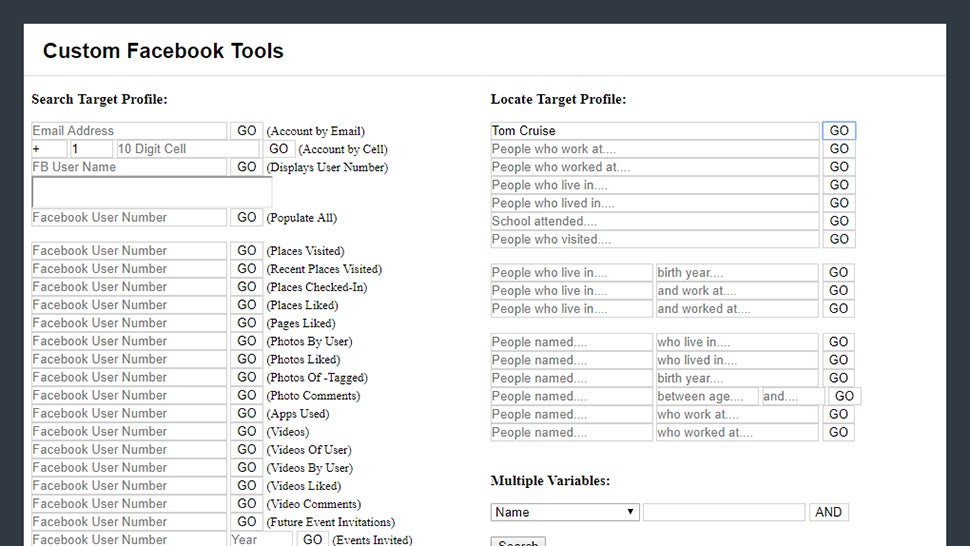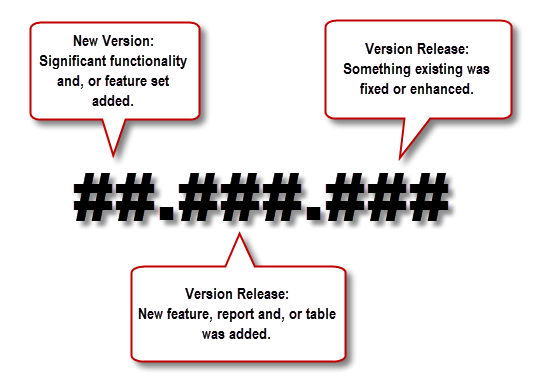


In a similar way, the sample variance can be calculated as When data is provided in the form of a frequency table, the calculation of the mean and standard deviation cannot be performed directly using the usual AVERAGE and STDEV Excel functions. The table in Figure 1 shows that the data element 2 occurs 4 times, the element 4 occurs 2 times and the elements 3 and 5 occur 1 time. For example, the data in range A4:A11 of Figure 1 can be expressed by the frequency table in range C4:D7. Returns the MEDIAN value of the votes, the minimum numerical value in row 3.Often data is presented in the form of a frequency table. If neither condition is met, the formula places a numm string ( "" ) in its cell. The actual median is the value placed when one of these two conditions in first met (ie. if met, it paces the value in row 2 into its cell as a possible median.

Which tests if more than half the responses are less than or equal to the response tallied in 'this column'. The first IF condition: SUMIF(2:2,"SUM(3:3)/2 It uses an auxiliary row (which may be hidden) to determine the median (and values above the median), followed by a formula that selects the median from the list created by the first formula:ī3 and filled right: =IF(SUMIF(2:2," SUM(3:3)/2,B2,"")) No revision to the formulas was necessary-they ust need to be filled right into the two new columns. Here's the same example with two more choices, revised vote values, and a revised count: In each case, the actual MEDIAN value is the smallest (non-string) value in the row containing the formula.


 0 kommentar(er)
0 kommentar(er)
